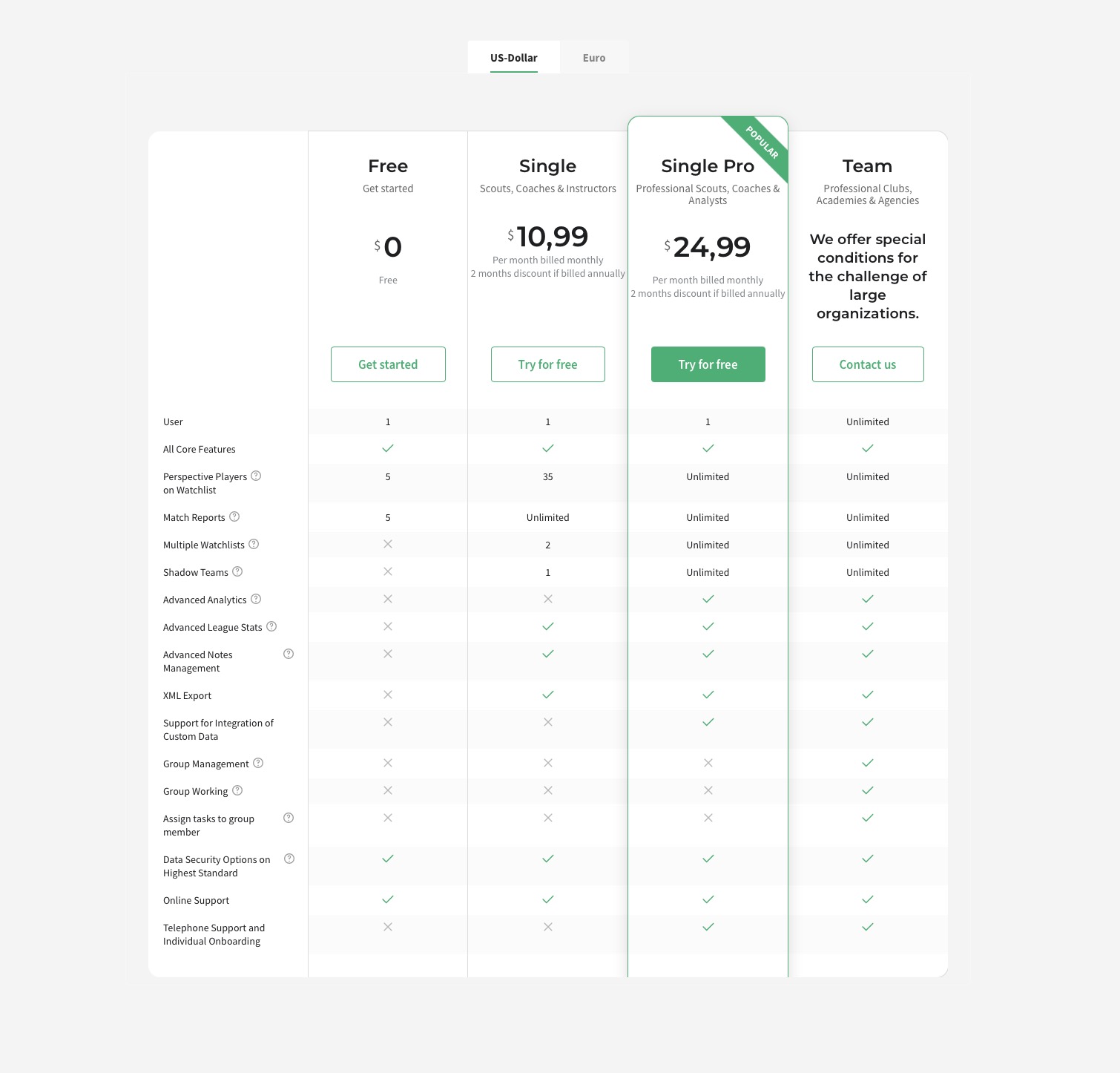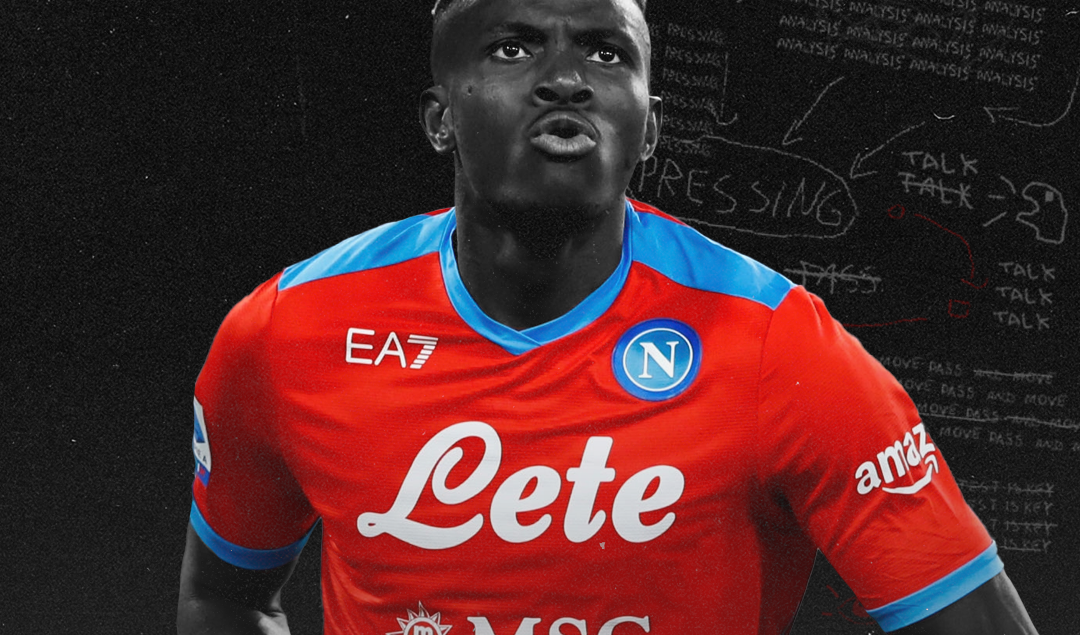AI Analysis is Levelling the Playing Field: Soccer Will Never Be the Same
In the world’s most popular sport, accurate data isn’t just nice to have; it’s what separates champions from mere contenders. Traditionally, getting the most out of data has required a team of experts, data analysts, video reviewers, and specialized coaches. Thanks to new AI tools, though, it’s never been easier to break down film, spot patterns, and provide real-time insights, giving your team the edge it needs.
The Next Evolution of Soccer Analytics
Since the earliest days of competition, collecting usable and relevant data has been a cornerstone of any successful team strategy, from clipboards to spreadsheets to AI. Be that scouting new recruits, gathering intel on the opposing team, or monitoring current player performance to find areas for improvement, statistical data is a key aspect of team management that coaches, players, and even fans can’t afford to overlook.
Even with massive resources being poured into gathering and interpreting data, there are some hard limits on what humans can actually detect. Subtle changes in the way a player moves, or the way the ball behaves on certain types of grass, can all have a major impact on how a game unfolds. Those teams that are able to identify and exploit these patterns will find themselves at the forefront of the technological revolution that AI is bringing to the wide world of sports.
Fortunately, there are several tools on the market today that mark the next logical step in soccer analytics. These tools are capable of capturing more insight than even the most eagle-eyed coach and can give players an entirely new way of assessing their performance. What’s better is that these tools are completely objective: no favoritism, no “letting it slide”, just pure, refined data.

The biggest advantage that many teams are finding, though, is that these tools are easily automated and highly scalable. Once a tool is created, it can simulate a single game or a million with no difference in performance, aside from time and compute costs.
The Twelfth Man
Leading the charge of this new wave of techno-coaching are suites of machine learning, computer vision, and object tracking software tailor-made for analyzing soccer players and matches. When properly combined and utilized, these software packages are capable of offering real-time video breakdowns, highlighting things such as player position, shape, errors, and more based on what parameters are deemed most important at the time.
Recent breakthroughs have led to a world where AI analytics in soccer aren’t just for the elite clubs; they’re transforming the game at every level. Even smaller organizations can evaluate performance data in real time, as AI can flag issues faster than a human coach and recommend substitutions or rest periods to minimize injury risk and fatigue. Adherence often hinges on delivery, not just accuracy. The same persona tooling popularized in consumer assistants, think an AI GF style companion that remembers tone, preferences, and context, can be skinned for football to keep players on plan without nagging. It wraps load alerts, hydration prompts, and recovery tasks in a familiar voice, tracks response patterns, and times nudges to a player’s routine. For staff, that means fewer missed wellness check-ins and a clearer read on who needs a human follow-up.
This insight isn’t simply reactive, either. No, it can be actively preventative, spotting potential issues before they even come up.
Analyzing video clips for performance is a tedious task: tagging, clipping, and sorting video footage all take considerable time. AI tools, though, are now doing this automatically, freeing up coaching staff to focus on strategy rather than administrative tasks.
Easily one of the areas seeing the most benefit from these AI monitoring tools is player scouting. Historically, this has required poring over thousands of hours of video and flying all over the world. Nowadays, AI tools are offering accurate, scalable comparisons across leagues and continents, helping clubs identify the most relevant talent for their particular needs.
Expanding the Toolkit
So, just what are these tools? How do they work? And, most importantly, how can the average fan make use of these? To answer these questions, let’s break things down into a few categories:
1. Player Performance & Load Management Tools
Arguably, the most important thing to track is just how your players are performing. Platforms like STATSports use GPS trackers, heart rate monitors, and an array of sensors to monitor more than 70 metrics in real-time and process them on-board for instant feedback through their linked Sonra Live iPad and Watch. The company’s Sonra sensor suite has been used by major clubs including Arsenal, the US National Team, and Paris St. Germain. However, they also offer a wide range of units for individual training for as little as $300.
2. Video Analysis & Tactical Breakdown Software
Software like Hudl’s Wyscout automatically breaks down footage from hundreds of matches a week. Thanks to the software’s advanced computer vision and tagging algorithms, they can isolate key tactical moments such as pressing triggers, formation changes, and player errors, while letting coaches customize metrics. While this kind of software is designed for globally competitive teams, the smallest clubs (and even individuals) can find uses for it: as long as they’re willing to shell out the steep subscription fees.
For an individual, Wyscout offers the Copper plan and the Mercury plan. Copper gives you access to 70 minutes of video viewing each month for a somewhat hefty €299/year. For a slightly higher €399/year, you get 170 minutes per month. Prices for teams and organizations are only available upon request, but can start at €6,000 per year.

3. Scouting and Recruitment Platforms
The most successful coaches don’t just know how to train talent; they can spot it from a mile away. However, even the most dedicated talent scouts can’t watch every game and evaluate every player. But AI can. Systems like Scoutpad use massive databases full of performance statistics and AI-enriched video featuring player comparisons and predictive modeling.
Users can get access to a weekly updated database with over 200k players and 7.3k teams in 500 competitions. If that’s not enough, users can easily add new players and build their own personal databases. While Scoutpad does offer a free version, it’s fairly limited, only allowing users to track up to five players at a time. There are also individual plans available for $10.99 and $24.99 per month. For teams, pricing is only available as a quote directly from the company.

Leveling the Playing Field
The use of AI in soccer is changing how the game is played: and who gets to play it well. With proper integration of AI tools, even the smallest clubs can now punch well above their weight, leveraging tools that were once the sole domain of elite clubs.
Agents, players, analysts, and even fans all benefit from deeper, more accurate data. As more and more teams start using these tools, fans should expect to see smarter career moves, sharper tactics, and more refined players. Tactical (and technical) literacy is growing throughout every tier of sports, from youth leagues to the World Cup. As these tools continue to become more widespread, the promise of personalized insights tailored to each individual player, every team, and every match scenario is rapidly moving away from fantasy.
